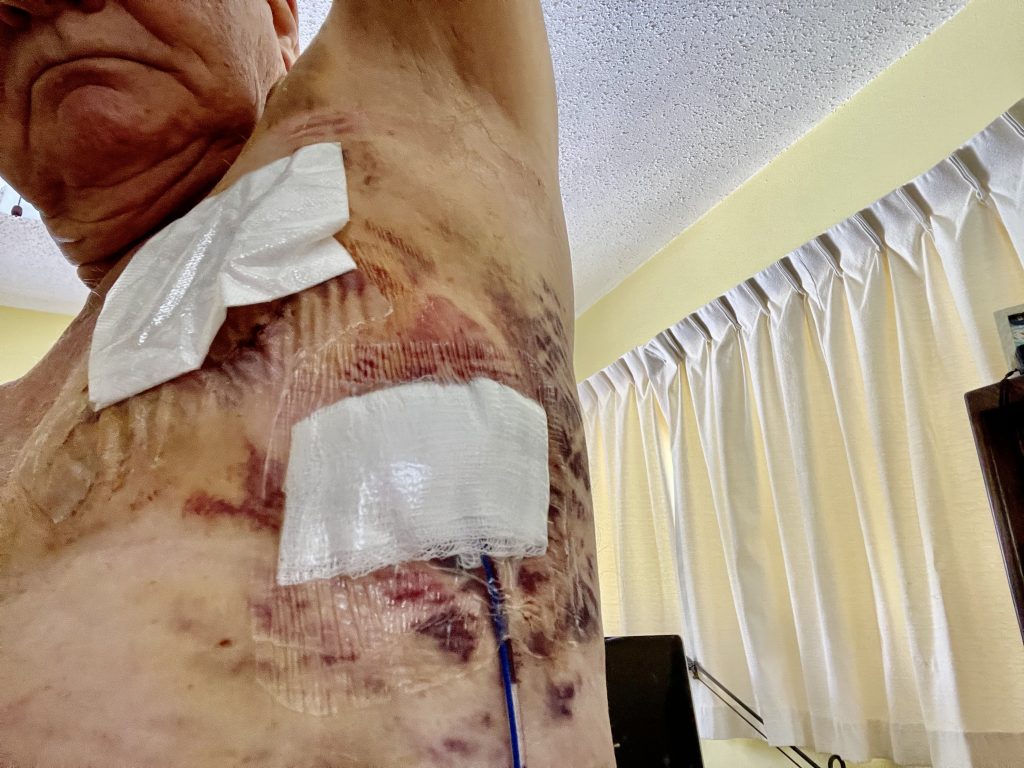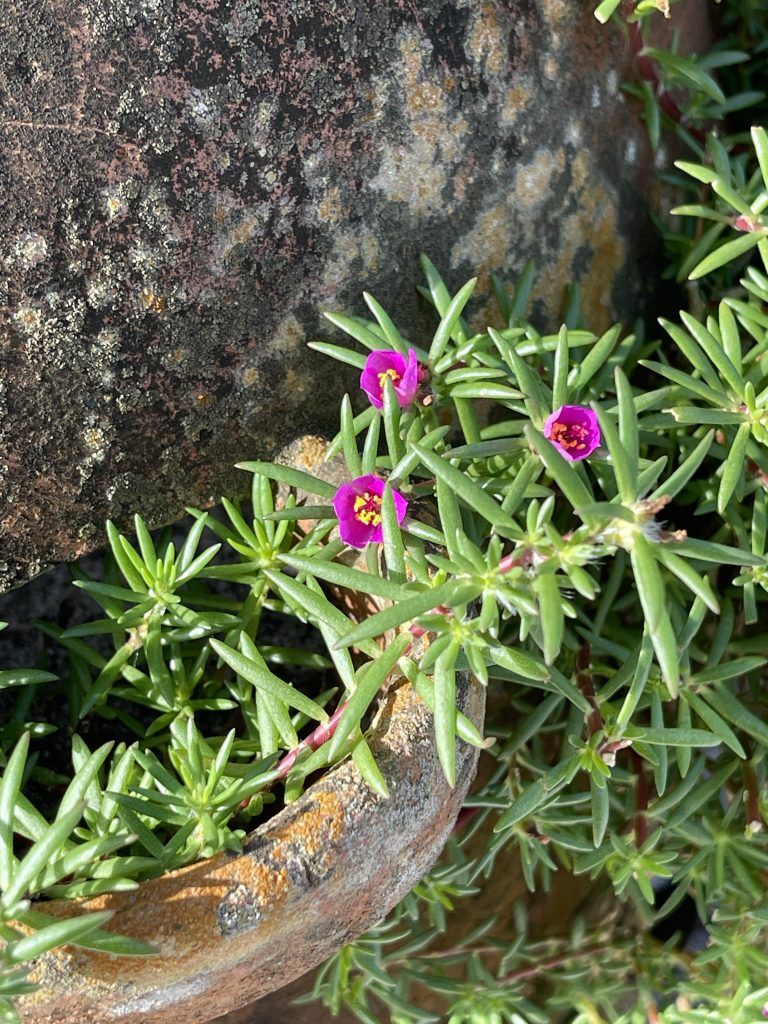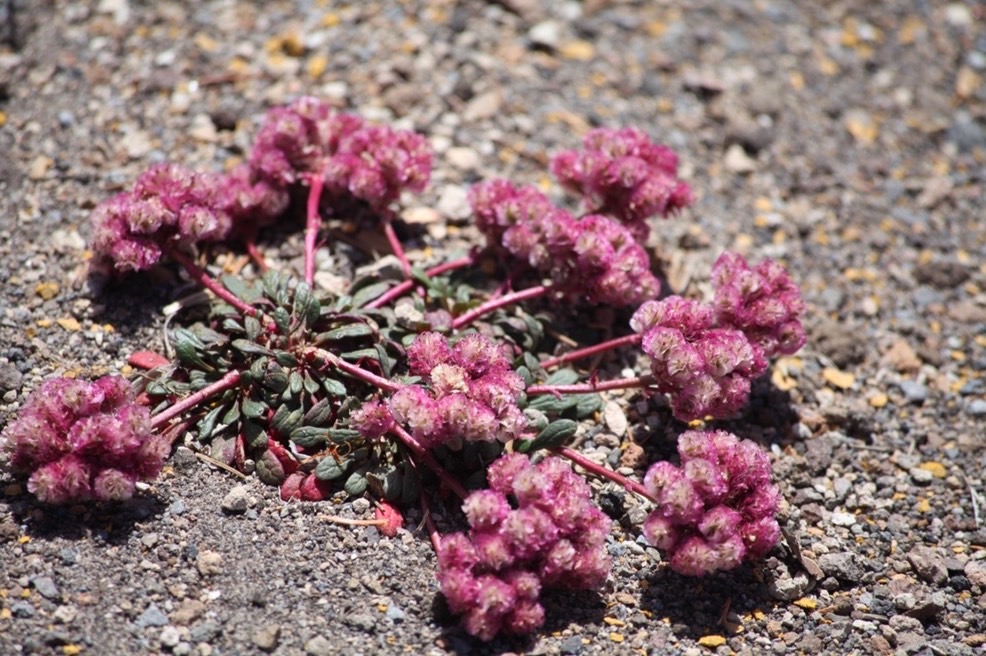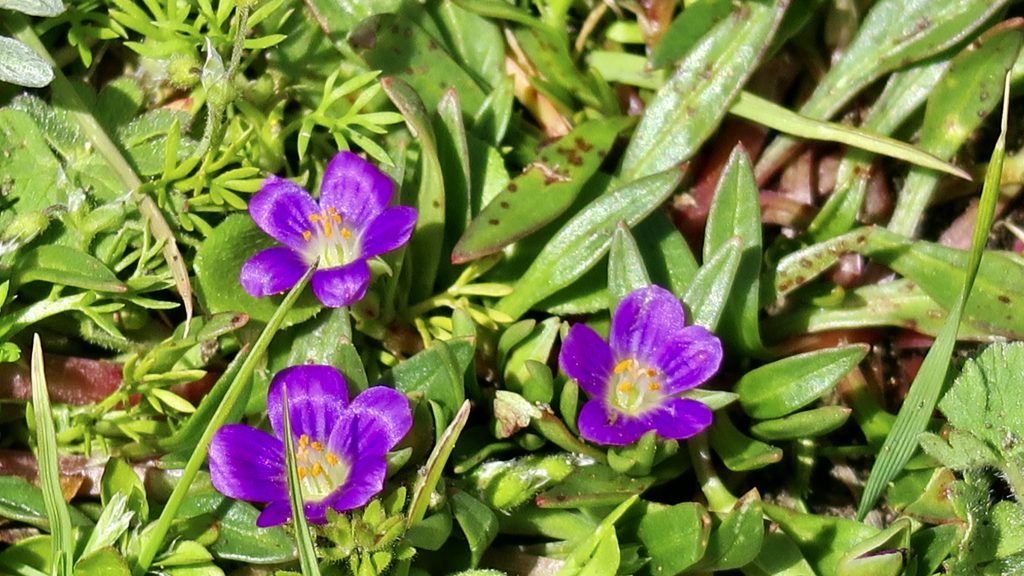20 July 2023
Today was my first follow up with the surgeon, Dr. Burgers. Usually, when you go in, Lorraine, the nurse, makes you weigh, takes your blood pressure, oxygen level and temperature. This time she ushered me right back to a waiting room.
Prior to being called, there were two ladies in the waiting room madly filling out paper work. One had an accent and the other had a perfectly normal southern drawl. The lady with the southern drawl looked up at me and said I must have completed the paperwork earlier. I didn’t tell her this was my fourth visit. I just said I did it on line. Another lady came in and they got to talking and she told the southern drawl that she also had done everything on line. The lady with the accent was called back and she was still filling out the paper work as she left. They do ask a lot of questions and want to know you family’s medical history in detail. Both were having to consult their phones for information. I think both ladies will now start filling out online forms from now on.
Dr. Burgers began peeling off the old bandage and she was stunned at the amount of bruising. She kept saying “I don’t know why you are so bruised!” She also discovered there was a small hematoma in the area of the incision and where the drain exits my body. There was also a small blister where she thinks the tape rubbed against my chest.

She gave me the go-ahead for showering and I don’t have to keep a bandage over the incision. She put a plastic-like film over the bandage of the drain. The only bad news is that I have to keep the drain, at least until July 28. I have an appointment with the hematologist/oncologist at 3 pm that day and she managed to schedule me for a second post-surgery consult (and hopefully drain removal) at 1:15 that date.
I just noticed in the photo that I don’t have any axillary hair. I’m sure they shaved that for surgery but I’m also sure pulling the tape away took away any remaining hairs. Whatever tape they use these days is ultra sticky!
Speaking of hair, one of the side effects of chemo is the loss of hair. That’s not a problem for my head – it’s already gone. What surprised me was how little I have to shave now. I can tell my chest and legs are smoother than before but the freakiest is I now have hairless testicles! No need for me to manscape now. Not that I ever did.
I asked Dr. Burgers if she had received the final analysis of the lymph nodes and she said yes and that all was clear. The next steps are to finish healing, removal of the drain, and then begin chemotherapy. She expressed hope that it would be a little less traumatic than the first attempt. From her mouth….
__________
Today, a small tip of the hat to my major professor at Ole Miss, Dr. Pullen. I’ve mentioned he was originally from Florida, hence the emphasis on the coffee family of plants (Rubiaceae).
During my graduate school days, I found he did his doctoral dissertation on members of the Portulacaceae, the purslane family of plants. Wikipedia reports 115 species of a single genus, Portulaca. That is now. Back then, before DNA analysis of plants became a thing, there were 20 genera and 500 species of plants. It’s most common in semi-dry regions of the Southern Hemisphere but the genus is common in the southern U.S.
Today, 19 of those 20 genera are placed in the family Montiaceae and Portulaca stands alone.
I assume to earn a PhD in botany, he had to study and analyze the physical characteristics of those 500 species by either visiting herbaria all over the U.S. or having specimens sent to him on loan from all over the globe. You’d do things like measure every physical trait available on a herbarium specimen and at the same time collecting them in the field and doing the same analysis.
You can understand my excitement when I first moved to Florida and one of the first plants I ran into was Portulaca pilosa.

It’s considered a succulent – meaning it has fleshy stems and leaves. The term pilosa comes from the hairs on the plant. It’s common in the southern U.S. and as far south as Brazil in South America. The drier the climate, the more hairy the plant becomes.
In South Florida, this plant can bloom year round and can be used as a ground cover. I have it in a strawberry pot and it seems to like spilling over the sides of the pot like strawberries.
Four species of Portulacca are found in Florida: P. pilosa, P. amilis, P. grandiflora, and P. polokiniensis. Biota of North America reports 17 species in the U.S.
Mea culpa. On the last post, I pictured a flower called Cushion Buckwheat (Eriogonun ovalifolium). It wasn’t. I’ve now corrected the image and if you look at the last post, you can see the plant. The reason I tell you this is that a former member of the Portulacaceae, Cistante umbellata was the one I mistakenly included in yesterday’s post. Both can have pink flowers.

The other genus I’ve collected that was formerly in Portulacaceae is Calandrina ciliata.

If you look at the photo of pink purslane and the above photo of red maids, I think you can see why they would have been placed in the same family based on gross morphological characteristics.
Just to show you how fast things can change, when I did my three cross country trips to National Parks, the family Portulacaceae still had 20 genera. By the time I finished my last trip, the family had been totally revised to the single genus Portulacaceae. Either that or I hadn’t kept up with the literature. Just for the sake of it, I’ve included two other genera I photographed that were in the family at the time.
| Genus/Species | Common Name | Location |
| Portulaca oleracea | Pink Purslane | Mi casa, Fort Lauderdale; Lake Louisa State Park, Florida; Big Bend National Park |
| Cistante umbellata | Umbellate Pussytoes | Crater Lake National Park |
| Calandrina ciliata | Red Maids | Redwoods National Park |
Stay tuned!
